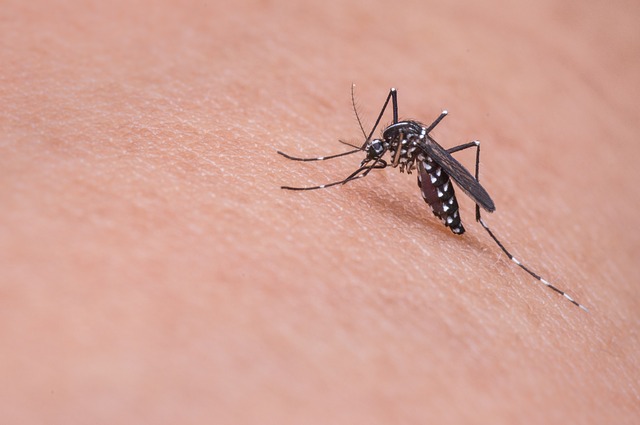Pests and insects can be more than just irritating and filthy. They can pose a significant danger to your health and welfare if not dealt with properly. Most pests, like rats, ants, bedbugs and mosquitoes, carry human diseases, hence referred to as vectors. When insects and pests bite or sting a person, there is a possibility of disease transmission or the risk of developing allergic reactions. Understanding the potential health risks that pests and insects carry can help protect yourself and those around you.
Some of the common diseases from pests and insects include:
Asthma– Exposure to allergens from roaches and insects for small children might lead to them developing asthma.
Salmonella– Cockroaches transmit salmonella through tiny micro-organisms found on their different body parts.
Malaria– With the death capacity hitting one million every year, malaria remains among the most deadly diseases worldwide. Mosquitoes are the known source of transmission for malaria and leading cause of death among young children and pregnant mothers.
Allergic reactions– Most insects will cause allergic reactions to humans when they bite or release toxic waste products. Itching, rashes, and swelling are some of the most common symptoms of allergic reactions.
Skin Diseases– Fleas and ants are known to cause severe skin problems when they bite or sting. Also, the pest can cause mild rushes and wrinkles around the skin which can be seen. This skin diseases can cause one to have itchiness and can be hard to treat and very expensive in the long run.
Hantavirus– This disease is transmitted by rodents whenever they drop waste products. Humans contract the hantavirus pulmonary syndrome when they breathe in aerosolized virus.
Food Poisoning– Whenever you leave food uncovered, you risk having food poisoning caused by germs brought around by flies. Flies can also carry parasitic eggs that can hatch in the human body. A good pest management team should be able to fight both the pests and their eggs.
It is therefore essential to take stringent measures when it comes to pest control in your environment.
Some of the ideal smart control measures for pests and insects include:
Hoist resistance and biological control
This involves the use of plants, animals, or structures to resist pests and insects. For example, keeping a cat to get rid of rats or using chemicals on wood to keep termites away. You can also keep some types of plants that release scents less favorable for insects.
Mechanical control
This involves setting traps, barriers or manipulating light and heat to keep pests away. Pests and insects can only stay if conditions are favorable. Understanding the problem or insect, you are fighting will guide you in picking the perfect method to control them.
Chemical control
This involves the use of pesticides. It is the easiest, fastest, and most common pest and insect control method.
Sanitation
Having proper sanitation practices can suppress pests. For example, getting rid of stagnant water to fight mosquitoes. Cleanliness, proper food handling, and decluttering can reduce the existence of pests and insects in a household.
For you to be able to control pests and insects in your household, it is essential to correctly identify and understand them. Pest guides create an understanding of the type of pests being handled, how they behave, and the dangers they pose. With that information, you can be able to separate the harmful pests from those that could have beneficial organisms. Also, you are able to identify seasonal pests that will go away with time, hence saving you the stress of fighting them.
Lack of a proper understanding of pests and insects can cause unnecessary panic and money wastage when the wrong methods are used. It is advisable to liaise with experts before taking any measures towards fighting pests and insects. You can also utilize the information available on the internet on pest identification and control guides.


